How to Multiply and Divide Decimals? (+FREE Worksheet!)
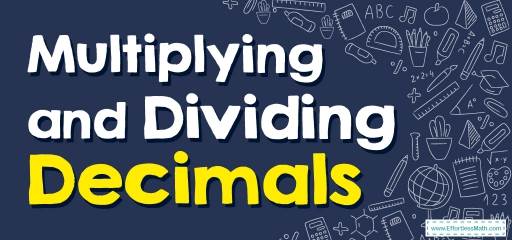
For education statistics and research National Center for Education Statistics.
The Best Book to Help You Ace Pre-Algebra
Multiplying and Dividing Decimals – Example 1:
Find the product. \(0.60 \ \times \ 0.20=\)
Solution:
Set up and multiply the numbers as you do with whole numbers. Line up the numbers: \(\begin{array}{r} &60\\ \times \!\!\!\!\!\!&20\\ \hline \end{array} \), Start with the ones place \( → 60 \ \times \ 0=0\), \(\begin{array}{r} &60\\ \times \!\!\!\!\!\!&20\\ \hline \end{array} \\ \ \ \ \ \ \ \ 0 \) Continue with other digits \(→ 60 \ \times \ 2=120\), \(\begin{array}{r} &60\\ \times \!\!\!\!\!\!&20\\ \hline \end{array} \\ \ \ \ 1,200 \), Count the total number of decimal places in both of the factors. \((4)\). Then Place the decimal point in the product. Then: \(\begin{array}{r} &0.60\\ \times \!\!\!\!\!\!&0.20\\ \hline \end{array} \\ \ \ \ 0.1200 \) \(→ 0.60 \ \times \ 0.20=0.1200=0.12\)
Multiplying and Dividing Decimals – Example 2:
Find the quotient. \(1.40 \ \div \ 0.2=\)
Solution:
The divisor is not a whole number. Multiply it by \(10\) to get \(2\). Do the same for the dividend to get \(14\).
Now, divide: \(14 \ \div \ 2=7\). The answer is \(7\).
Multiplying and Dividing Decimals – Example 3:
Find the product. \(0.50 \ \times \ 0.20=\)
Solution:
Set up and multiply the numbers as you do with whole numbers. Line up the numbers: \(\begin{array}{r} &50\\ \times \!\!\!\!\!\!&20\\ \hline \end{array} \), Start with the ones place \( → 50 \ \times \ 0=0\), \(\begin{array}{r} &50\\ \times \!\!\!\!\!\!&20\\ \hline \end{array} \\ \ \ \ \ \ \ \ 0 \) Continue with other digits \(→ 50 \ \times \ 2=100\), \(\begin{array}{r} &50\\ \times \!\!\!\!\!\!&20\\ \hline \end{array} \\ \ \ \ 1,000 \), Count the total number of decimal places in both of the factors. \((4)\). Then Place the decimal point in the product. Then: \(\begin{array}{r} &0.50\\ \times \!\!\!\!\!\!&0.20\\ \hline \end{array} \\ \ \ \ 0.1000 \) \(→ 0.50 \ \times \ 0.20=0.1000=0.1\)
Multiplying and Dividing Decimals – Example 4:
Find the quotient. \(1.20 \ \div \ 0.2=\)
Solution:
The divisor is not a whole number. Multiply it by \(10\) to get \(2\). Do the same for the dividend to get \(12\).
Now, divide: \(12 \ \div \ 2=6\). The answer is \(6\).
Exercises for Multiplying and Dividing Decimals
Find each Product and Quotient.
1. \(\color{blue}{\begin{array}{r} &4.5\\ \times \!\!\!\!\!\!&1.6\\ \hline \end{array}} \)
2. \(\color{blue}{\begin{array}{r} &7.7\\ \times \!\!\!\!\!\!&9.9\\ \hline \end{array}} \)
3. \(\color{blue}{\begin{array}{r} &2.6\\ \times \!\!\!\!\!\!&1.5\\ \hline \end{array}} \)
4. \(\color{blue}{14.4\div 3.6} \)
5. \(\color{blue}{30.4\div 3.8} \)
6. \(\color{blue}{24.44\div 4.7} \)
Download Multiplying and Dividing Decimals Worksheet
- \(\color{blue}{7.2}\)
- \(\color{blue}{76.23}\)
- \(\color{blue}{3.9}\)
- \(\color{blue}{4}\)
- \(\color{blue}{8}\)
- \(\color{blue}{5.2}\)
The Greatest Books for Students to Ace the Algebra
Related to This Article
More math articles
- Your Quick Guide to the Best Tablets for Teachers
- How to Divide Decimals by Whole Numbers?
- Overview of the Praxis Core Mathematics Test
- Everything You Need to Know about Indeterminate and Undefined Limits
- FREE 3rd Grade MAP Math Practice Test
- How to Solve Systems of Equations? (+FREE Worksheet!)
- 7th Grade Georgia Milestones Assessment System Math FREE Sample Practice Questions
- Algebra Puzzle – Critical Thinking 14
- Best Strategies to Teach Math Effectively
- How to Get a PhD in Math
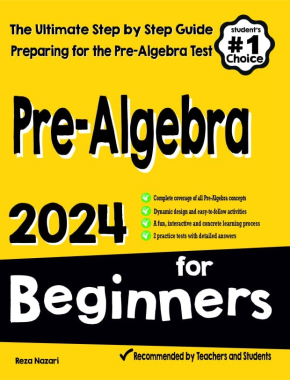

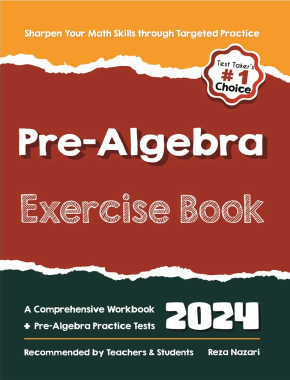
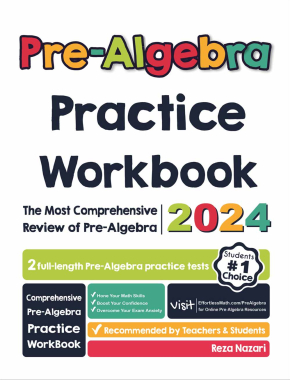
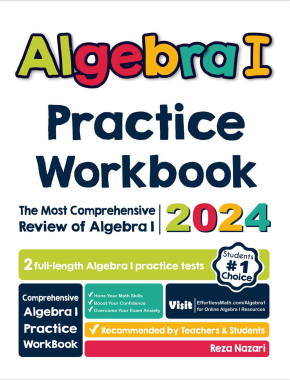
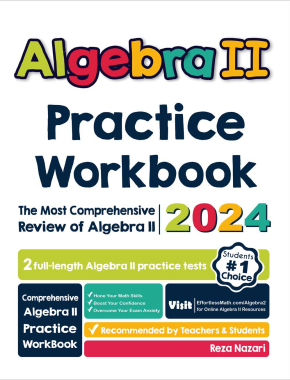
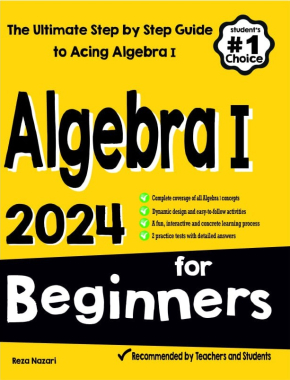
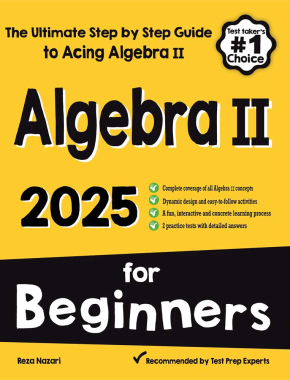





















What people say about "How to Multiply and Divide Decimals? (+FREE Worksheet!) - Effortless Math: We Help Students Learn to LOVE Mathematics"?
No one replied yet.